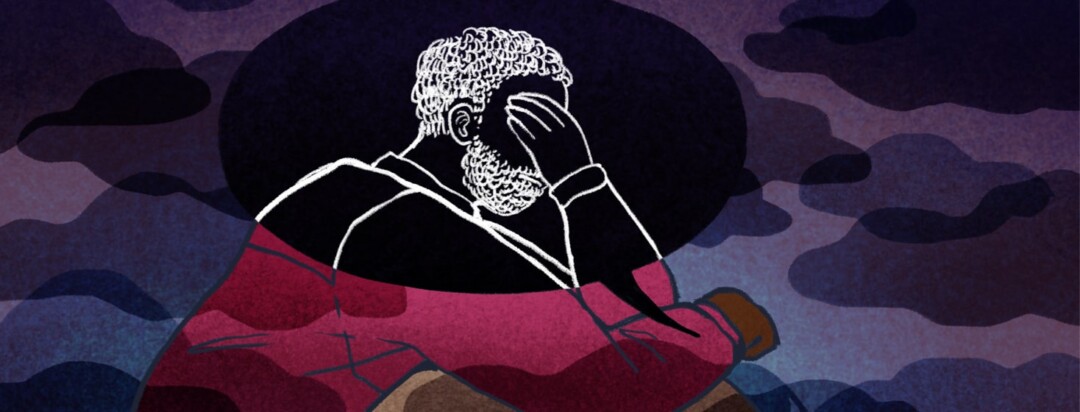Pain and Your Emotions
About 1 in 5 Americans lives with chronic pain. Chronic pain is pain that does not go away. Such pain is often caused by chronic health conditions.1,2
Pain can impact many areas of our lives. When pain is chronic, this effect can be even more noticeable. So it is not surprising that there is a link between pain and our emotions.1,2
How does pain impact emotions?
Experiencing pain can change your choices and behaviors. For example, pain might:2,3
- Limit your ability or willingness to participate in hobbies that can relieve stress or bring joy
- Make you less willing to socialize
- Make sleeping difficult
- Limit your productivity at work
These responses to pain can negatively impact your emotions. As a result, you might feel:2,3
- Hopeless
- Isolated
- Anxious
- Depressed
Depression is a very common side effect of chronic pain. Symptoms of depression include:3
- Feeling unusually:
- Sad
- Worthless
- Hopeless
- Angry
- Lack of energy
- Feeling unmotivated to do activities
- Changes in appetite
- Difficulty concentrating
- Thoughts of:
- Death
- Hurting yourself
- Suicide
How do emotions impact pain?
The body and mind work together. Emotions affect your mind. So they can also impact pain in several ways. For example:2,3
- Pain that prevents you from being active can cause you to lose physical strength. For many conditions, being less physically strong increases pain.
- Stress can cause high blood pressure, increased heart rate, and trouble sleeping. These conditions in turn wear on the body and may increase pain.
Having pain can result in a negative cycle. Being in pain changes how you act. Changing how you act can give you depression or anxiety. Depression and anxiety make you less motivated to change and can make your pain worse. And the increased pain feeds back into the cycle.2,3
Managing pain and emotions
There are ways to manage both your pain and your emotions. Many people find seeing a mental health professional, such as a therapist or counselor, helpful for managing negative emotions. Mental health professionals use many approaches to help manage pain and emotions. These may include:3,4
- Cognitive-behavioral therapy (CBT) or talk therapy
- Emotional awareness and expression therapy (EAET)
- Drugs to lessen depression or anxiety
CBT is a common psychological treatment for many problems. For people experiencing chronic pain, CBT may focus on learning skills to manage pain. Several studies have shown CBT can help people with chronic pain. The skills you learn might include:1
- Relaxing
- Positive thinking
- Changing your thinking patterns
EAET is an emotion-based therapy. It emphasizes the brain’s role in pain. Clinical trials have shown many people with chronic pain have benefited from EAET. The EAET process involves facing fears and uncomfortable emotions, especially fears and emotions linked to the past. Working through these emotions can help you feel:1,4
- Freer
- Braver
- Healthier
Some people may also need drugs for depression or anxiety. Many available drugs can treat mental health conditions. It may take more than 1 try to figure out which helps you. Your doctor can recommend a psychiatrist who can help determine the right treatment for you.3,4
If your pain is contributing to negative feelings, talk to your doctor about getting help. Pain may be hard to avoid, but it does not have to control your life and emotions.
If you or someone you know is experiencing suicidal thoughts or a crisis, please reach out immediately. You can call or text the Suicide Prevention Lifeline at 9-8-8 or 1-800-273-TALK (8255), or use the Lifeline online chat.

Join the conversation